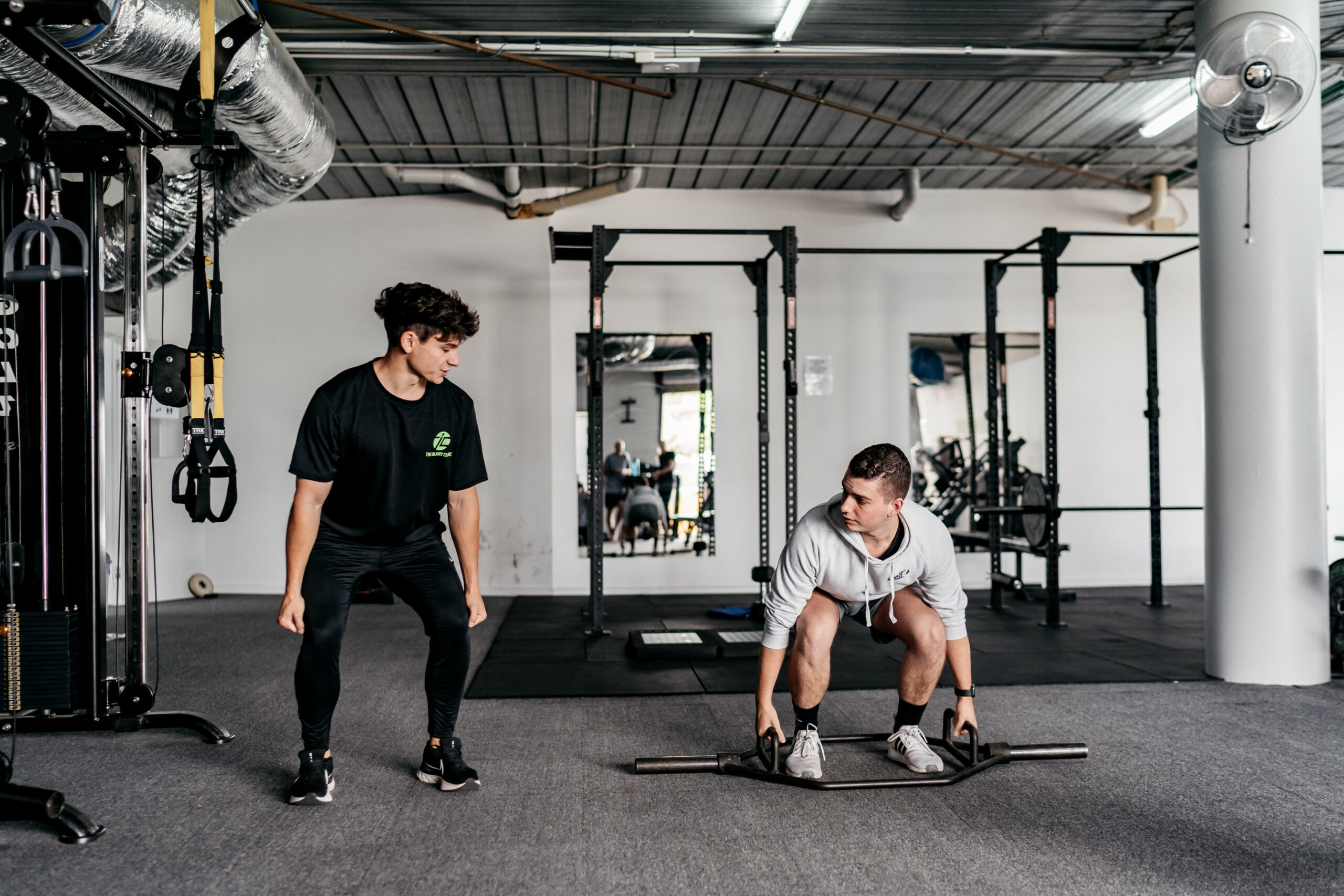
Want to learn more about returning to sport post muscle strain?
Darby Graham, Physiotherapist, has answered some common questions.
Check them out below!
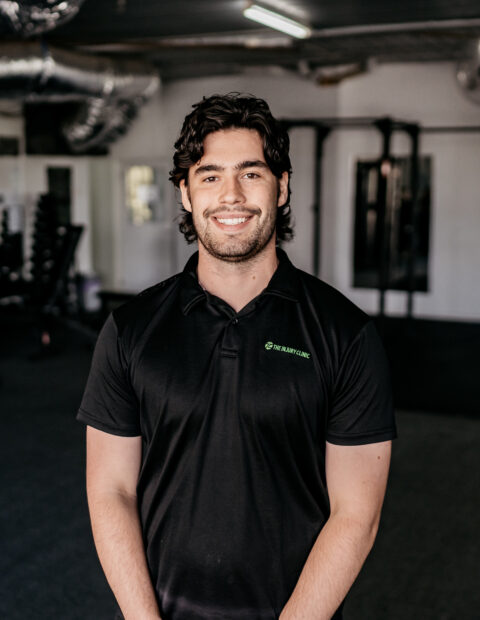
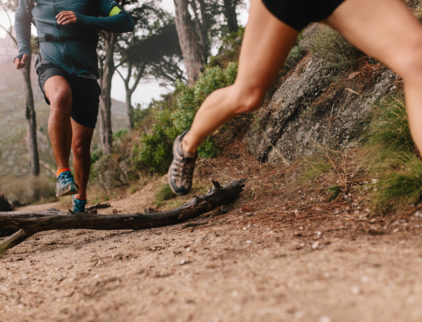
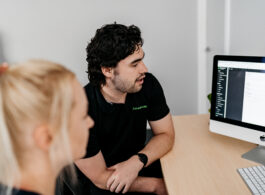
How long does it take to get back to playing sport after tearing a muscle?
That depends on a number of different factors, such as what grade the injury it was, which muscle was injured as well as what part of the muscle, and the intensity at which your sport is played at.
Typically, we are looking at anywhere between 2-4 weeks for a grade 1 strain, 4-8 weeks for a grade 2 strain and 8-12 weeks for a grade 3. This will change depending on the sport as I mentioned, as a cyclist will return from a hamstring injury quicker than a football or soccer player, because they will depend on their hamstrings significantly more because of the high sprinting loads in those sports.
Should I avoid all exercise after tearing a muscle?
It is actually really important to not avoid exercise after tearing a muscle, as getting the muscle stronger and more resilient will significantly reduce the risk of re-injury. While saying that, we need to be careful what kind of exercise you do, at different times of the healing process. Initially, it might only be walking and light activation exercises for the first week, which should progress to slightly higher load exercises in the second phase of recovery.
Progressing exercise and specific loading of the injured tissue is the most important aspect of recovering from a muscle strain, and it will allow the person to get back to sport much quicker.
When can I get back to running after tearing my calf?
Returning to running is one of the first goals of a recovery program after a muscle strain. Obviously calves are really important with running, so we do have to be careful of when and how we add that into rehab. Progressing walking into a walk:jog session should occur in the second phase of rehab, and this will normally be anywhere from 1-4 weeks after the injury, depending on the severity of the strain.
After a calf strain, bringing back pace is one of the last steps of returning to sport, as faster running increases calf loading significantly. So you might be able to return to slow jogging quite quickly, it can take some time to return to full strides or sprinting.
What kind of strengthening should I do to get back to sport as quickly as possible?
Initially, exercises will be focused on muscle activation post injury, such as a bodyweight seated calf raise after tearing a calf, or an unloaded knee extension in sitting for a quads strain. These will progress to isometric holds, focusing on loading the muscles without pushing it through range and being as pain free as possible. Once most of the healing is done and we go into stage 3 of rehab, we can start with exercises through range, while focusing on slowly lengthening the muscle, such as an RDL for a hamstring.
After progressing through these kinds of exercises, you can return to almost any kind of strengthening in the gym, as long as they are pain free, they’re not heavily loaded to begin with or increase pain or tightness after the exercise.
How do you know when it’s safe to play sport again?
To return to sport post strain, it is really important to gradually progress yourself with sport specific activities. This is easy in a team sport environment like football or netball, where we can ease into light training, then progress into a full week of high intense training after ticking each box of the rehab plan. Normally, after a full 1-2 weeks of training at normal intensity without any aggravation of symptoms, you will be cleared for your return to sport.
This can be harder to judge in other sports that may be more event focused and less week to week, but its always best to test yourself as close to the level of sport you’re returning to for 1-2 weeks before fully integrating back to playing
How to make sure you don’t re-injure a muscle after getting back to sport?
One of the highest risk factors for injury is previous injury, so we do see some patients re-injure the same muscle not long after getting back to sport.
To best reduce your risk of re-injury, the things you can do are:
- Follow a structured, rehab program that focuses on progressive return to strength, running and speed. This might take an extra 2-4 weeks then you’d like, but will give you the best chance to stay on the field once returned.
- Have an ongoing plan for that area of injury: this might just mean being consistent in the gym and always having an exercise that hits that muscle, but it needs to be ongoing for not just that month or season, but for at least the next 12-24 months
- Avoid fatigue: that area will be naturally weaker for a period of time after injury than the rest of the your body. If you push your body too hard and don’t recover properly, that will normally be the first area to fatigue which will put you at a much higher risk of injury
- Keep the muscle healthy with foam rolling, good recovery and consistent exercise
Schedule your next visit
If you’re interested in booking an appointment with one of our team members, contact our clinic today and we’ll be happy to find time for a consultation.
Schedule ConsultExplore our physiotherapy services
Musculoskeletal
Physiotherapy
At The Injury Clinic Physiotherapy, we work closely with our clients to get them back doing the things they love as soon as possible.
Sports
Physiotherapy
The Injury Clinic Physiotherapy works with recreational to elite athletes to keep them injury free and achieving their goals.
Dry
Needling
All physiotherapists at The Injury Clinic Physiotherapy are qualified and experienced in dry needling as a treatment technique.
Running Related Injuries
Physiotherapists at The Injury Clinic Physiotherapy have a special interest in the diagnosis and management of running-related injuries.
Women's Health
Physiotherapy
We have physiotherapists with a special interest in Women's Health, including pre and post partum presentations. Let us work with you to stay fit, active and healthy.
Pre & Post-Operative
Physiotherapy
Physiotherapists at The Injury Clinic Physiotherapy work closely with surgeons to ensure best outcomes post surgery.
Injury Q&A
Our clinicians have been answering all your questions!
Running Analysis
The goal of a running analysis is to identify aspects of your technique that may be contributing to injury or impacting on efficiency.
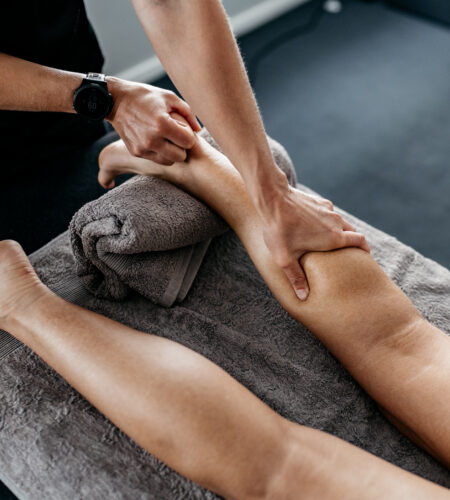

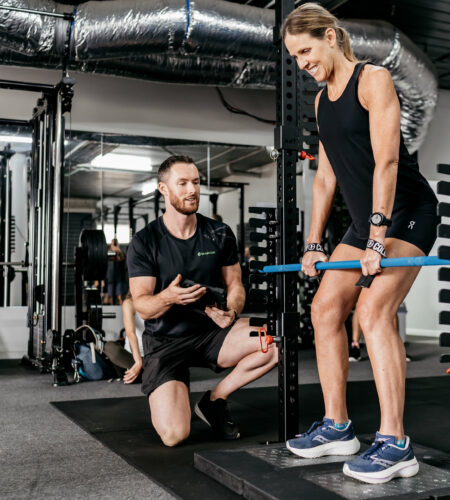

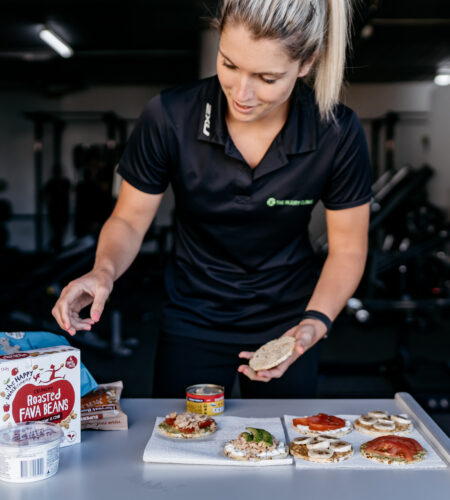

Schedule your next visit
If you’re interested in booking an appointment with one of our team members, contact our clinic today and we’ll be happy to find time for a consultation.
Schedule Consult